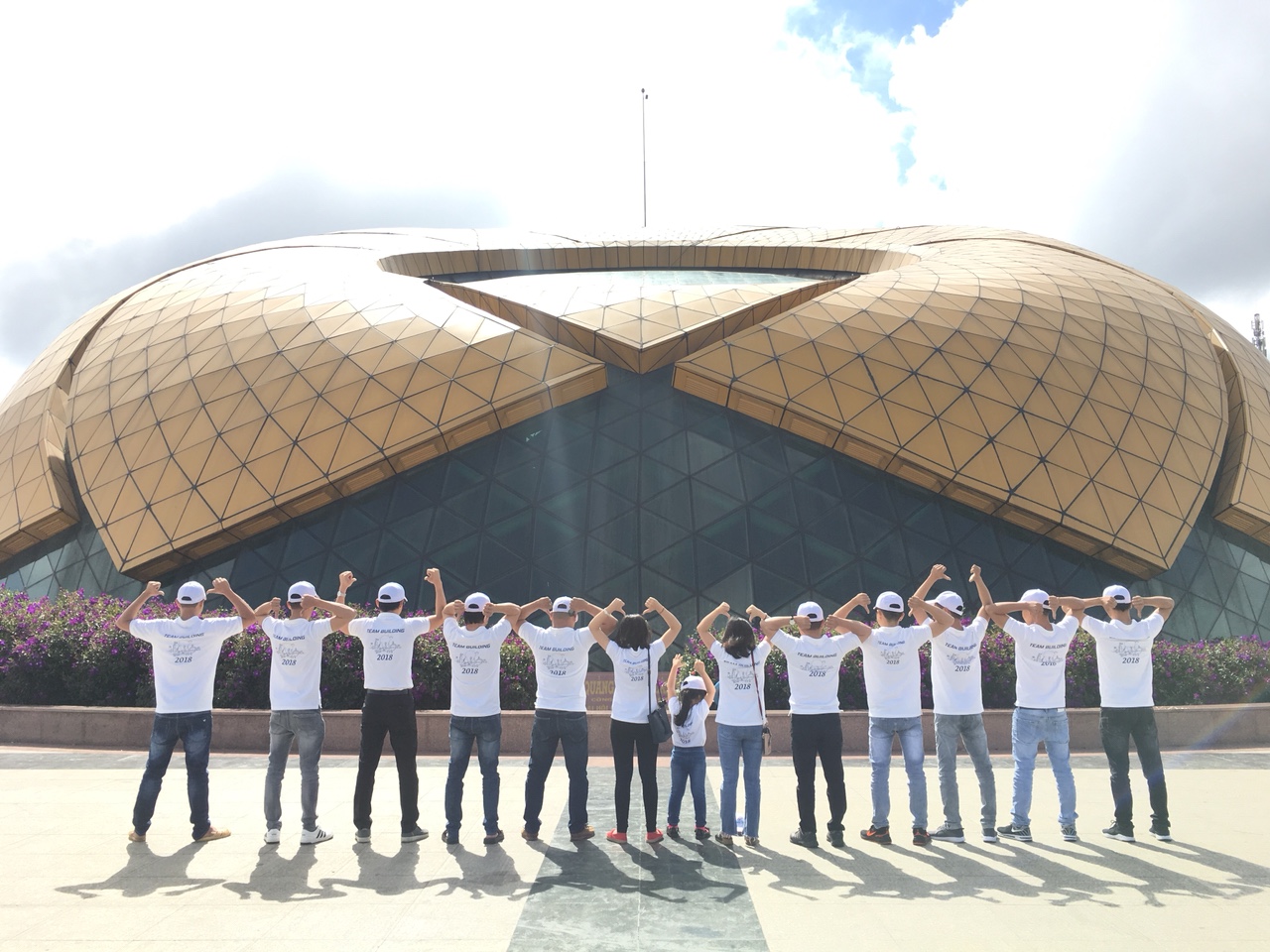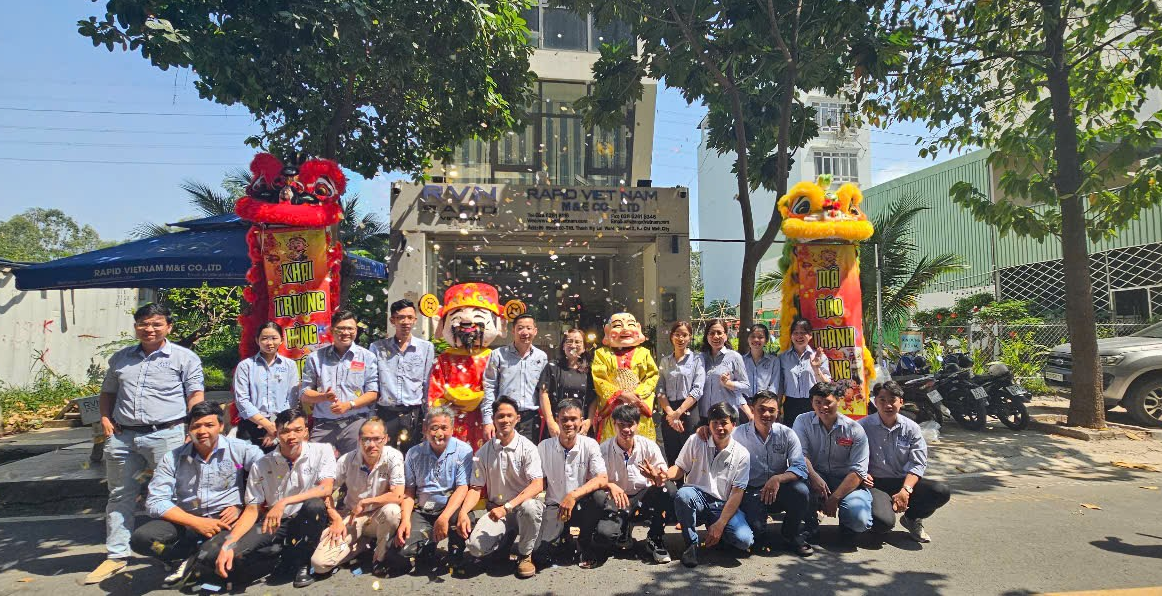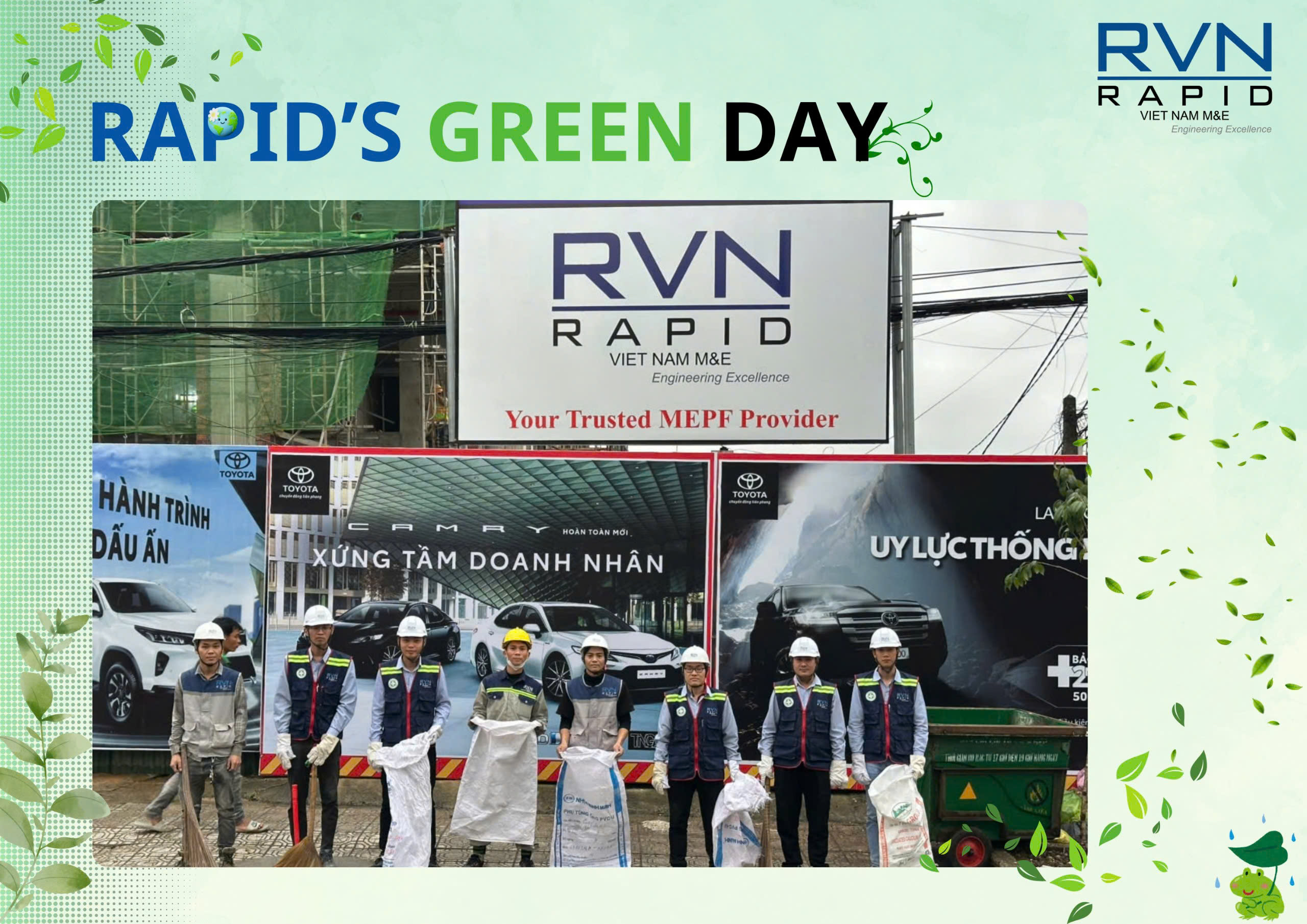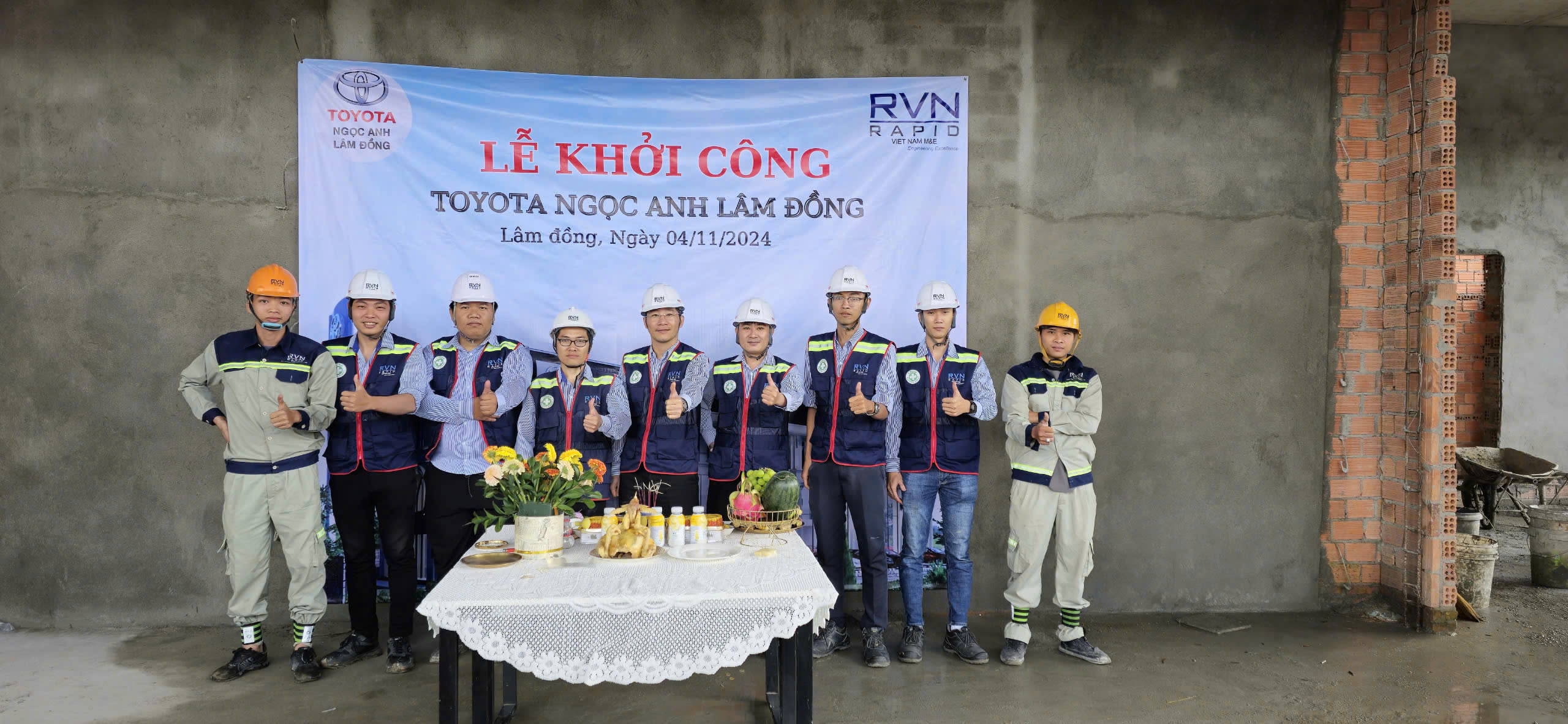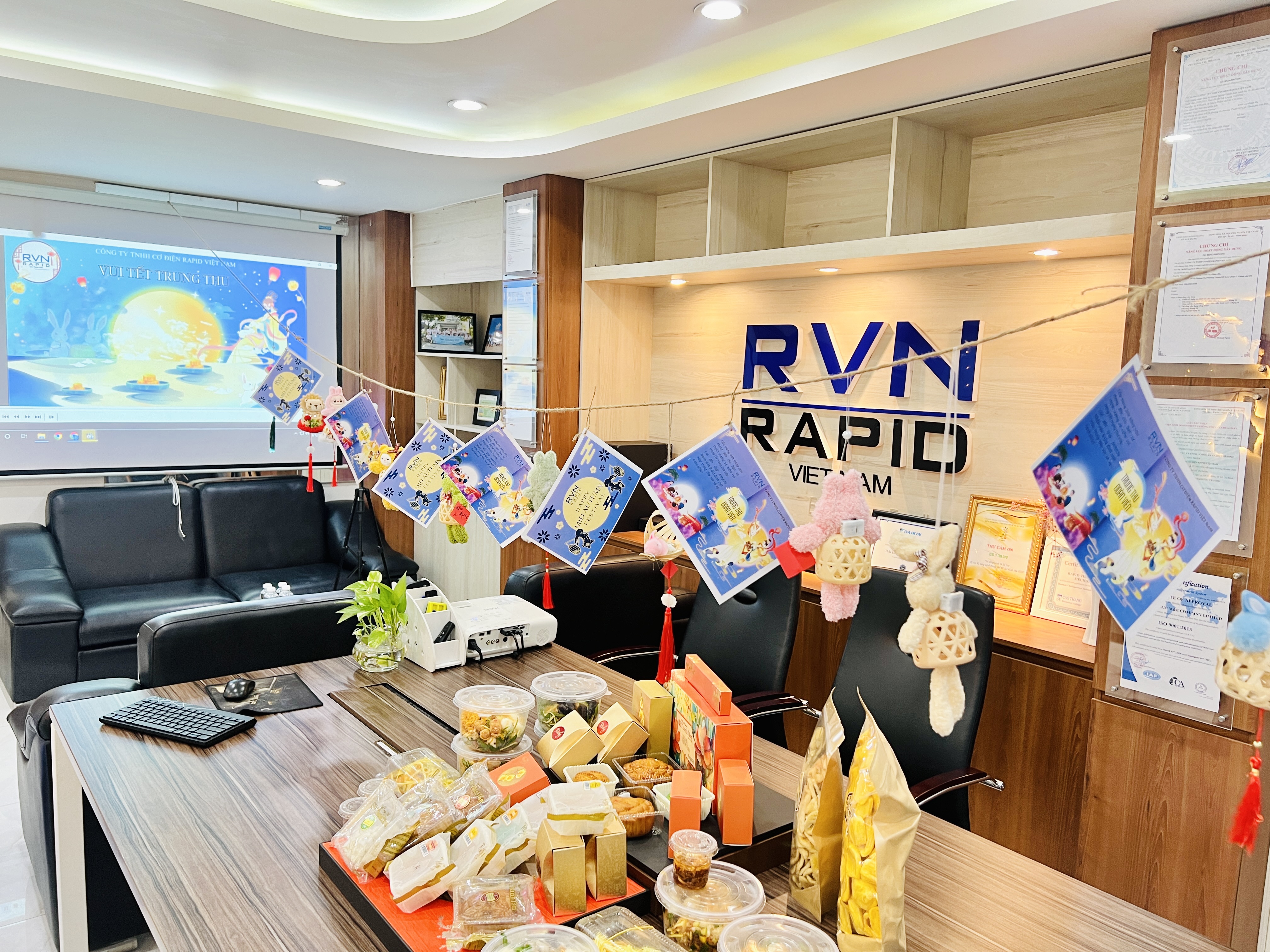Enhancing the Effectiveness of Safety Training at Construction Sites: The Foundation for Sustainable Development
In the construction industry, where work is always accompanied by many risks, occupational safety is not only a legal responsibility but also a key factor in ensuring the sustainable development of every project. Safety training at the construction site not only helps to minimize the risk of accidents but also serves as the basis for building an effective working environment, where each worker is protected and respected.
Construction is one of the industries with a high risk of occupational accidents. Construction sites, with many types of heavy machinery, dangerous heights, and harsh working conditions, always pose serious risks. Therefore, safety training for workers at the construction site becomes extremely important.
Safety training helps workers master the basic principles of using equipment, operating machinery, and how to handle incidents. Training not only provides knowledge, but also helps raise awareness of the importance of complying with safety regulations, thereby forming safe working habits for each individual.
An effective safety training program at the construction site needs to include core contents such as:
1. Introduction to potential risks: Identifying risks that may occur at the construction site is the first step in the training process. This helps workers recognize and avoid potential risks.
2. Instructions on how to use safety equipment: This is an important part of helping workers understand how to properly use personal protective equipment such as helmets, gloves, safety belts, and other equipment. The correct use of these devices can significantly reduce the risk of accidents.
3. Emergency response drills: Simulated situations such as falls, fires, or machinery accidents need to be simulated so that workers can practice timely responses. These drills help them react quickly and correctly when encountering real-life incidents.
4. Continuous and periodic training: Safety training does not stop at just one time but needs to be done periodically. Updating new knowledge, and skills and reviewing old procedures are necessary to ensure continuous safety at the construction site.
An equally important factor is building a safety culture in the working environment. This is a long-term process, requiring commitment and participation from all levels of the business, from management to workers. When everyone considers safety an indispensable part of daily work, work efficiency will be improved, and the risk of accidents will be significantly reduced.
Safety training at the construction site is not only a measure to protect the health and lives of workers but also a sustainable development strategy for the business. When training processes are implemented seriously and effectively, they will create a safe and professional working environment, thereby contributing to improving the quality and progress of construction projects. To be successful, safety training must become an integral part of the corporate culture, bringing long-term benefits to both employees and the business.


